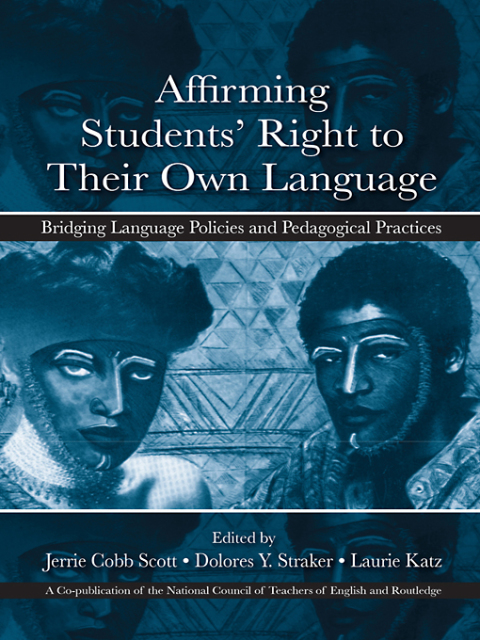Description
Efnisyfirlit
- Contents
- Preface
- Table of cases
- Introduction
- 0.1 What is jurisprudence?
- 0.2 An overview of the topics to be covered in this book
- 0.3 What is the point of studying jurisprudence?
- Chapter 1 Law and force
- 1.1 Austin’s command theory of law
- 1.2 Hart’s criticism of Austin’s notion of obligation
- 1.3 What Austin’s account leaves out
- 1.4 A new start: law as a normative phenomenon
- 1.5 Law as a union of primary and secondary rules
- 1.6 Why Hart’s account is superior to Austin’s
- 1.7 Norms and coercion in Kelsen’s theory of law
- 1.8 Kelsen’s hierarchy of norms
- 1.9 Kelsen and revolutionary political changes
- Chapter 2 Law and morality
- 2.1 Classical natural law theory
- 2.2 Natural law in the courts
- 2.3 John Finnis’s neo-Thomism
- 2.4 Lon Fuller’s internal morality of law
- 2.5 Legal positivism
- 2.6 Some misconceptions about positivism
- 2.7 Is the normativity of law compatible with legal positivism?
- 2.8 Dworkin on positivism and plain facts
- 2.9 Inclusive positivism
- 2.10 Dworkin’s objections to inclusive positivism
- 2.11 Exclusive positivism
- 2.12 Ethical positivism
- Chapter 3 Law and politics
- 3.1 The mainstream view and its opponents
- 3.2 Hart and the partial determinacy of the law
- 3.3 Fuller’s criticism of the idea that language can constrain
- 3.4 Fuller’s criticism of the idea of rigid adherence to rules
- 3.5 The formalist response
- 3.6 Dworkin’s critique of Hart
- 3.7 Dworkin’s distinction between rules and principles
- 3.8 Adjudication as an interpretive task
- 3.9 Law as integrity
- 3.10 Judging and legislating
- 3.11 Some criticisms of Dworkin
- Chapter 4 Law and politics
- 4.1 Legal indeterminacy
- 4.2 Paper rules and real rules
- 4.3 Judicial behaviour
- 4.4 The ideal judge
- 4.5 The economic analysis of law
- 4.6 Posner’s normative claim
- 4.7 Posner’s descriptive claim
- 4.8 Critical Legal Studies and its intellectual roots
- 4.9 Postmodernism
- 4.10 Marxism
- 4.11 Contradictions, incoherencies and law as ideology
- 4.12 Rejecting liberal values
- 4.13 CLS and critical race theory
- 4.14 Other criticisms of CLS
- Chapter 5 Rights
- 5.1 The concept of moral rights against the government
- 5.2 Which rights are claimed as human rights?
- 5.3 Rights as constraints on the general interest
- 5.4 The idea of human dignity
- 5.5 Are rights selfish?
- 5.6 Do rights cater only to the interests of the powerful?
- 5.7 Rights and community
- 5.8 Are rights ethnocentric?
- 5.9 Translating moral rights against the government into law
- Chapter 6 Public and private
- 6.1 Getting clear on the issue
- 6.2 A liberal approach
- 6.3 The neutral state
- 6.4 A conservative challenge
- 6.5 Some criticisms of Devlin
- 6.6 Pornography
- 6.7 Abortion
- 6.8 Euthanasia
- Chapter 7 Justice
- 7.1 Utilitarianism
- 7.2 Rawls’s principles of justice
- 7.3 The veil of ignorance
- 7.4 Contractarianism
- 7.5 Are the conditions of the original position fair?
- 7.6 Would Rawls’s principles be chosen in the original position?
- 7.7 Political Liberalism
- 7.8 Nozick’s theory of entitlements
- 7.9 The Wilt Chamberlain argument
- 7.10 The self-ownership argument
- Chapter 8 Feminist jurisprudence
- 8.1 Liberal feminism
- 8.2 The attack on liberal feminism
- 8.3 The male norm
- 8.4 Formal equality and liberalism
- 8.5 Individualism and feminism
- 8.6 Difference or cultural feminism
- 8.7 Criticisms of difference feminism
- 8.8 Radical feminism
- 8.9 Postmodern feminism
- 8.10 Postmodernism and feminist politics
- 8.11 The public– private distinction
- 8.12 Liberalism and the public– private distinction
- 8.13 Rights
- 8.14 Adjudication
- Bibliography
- Index







Reviews
There are no reviews yet.